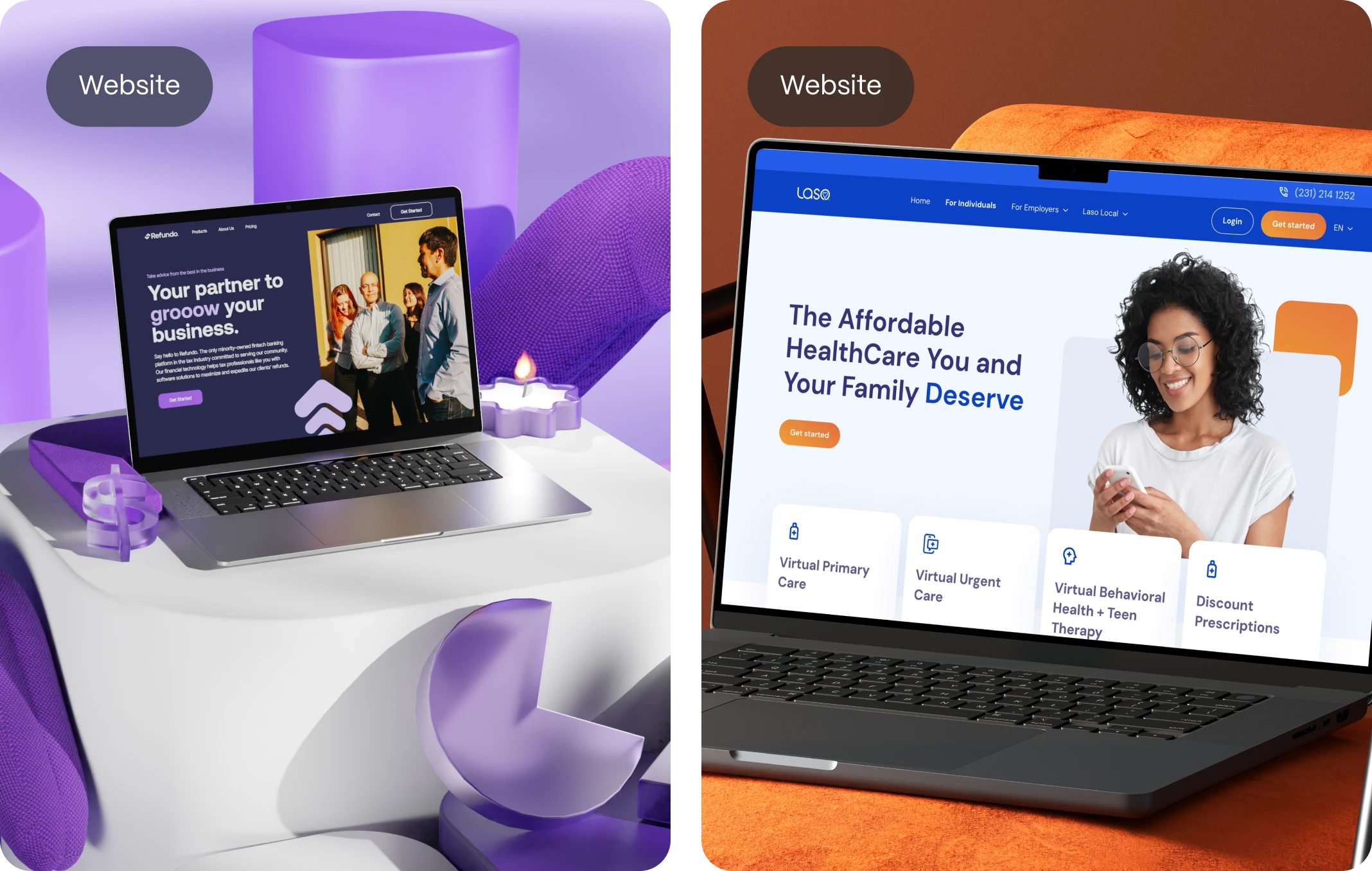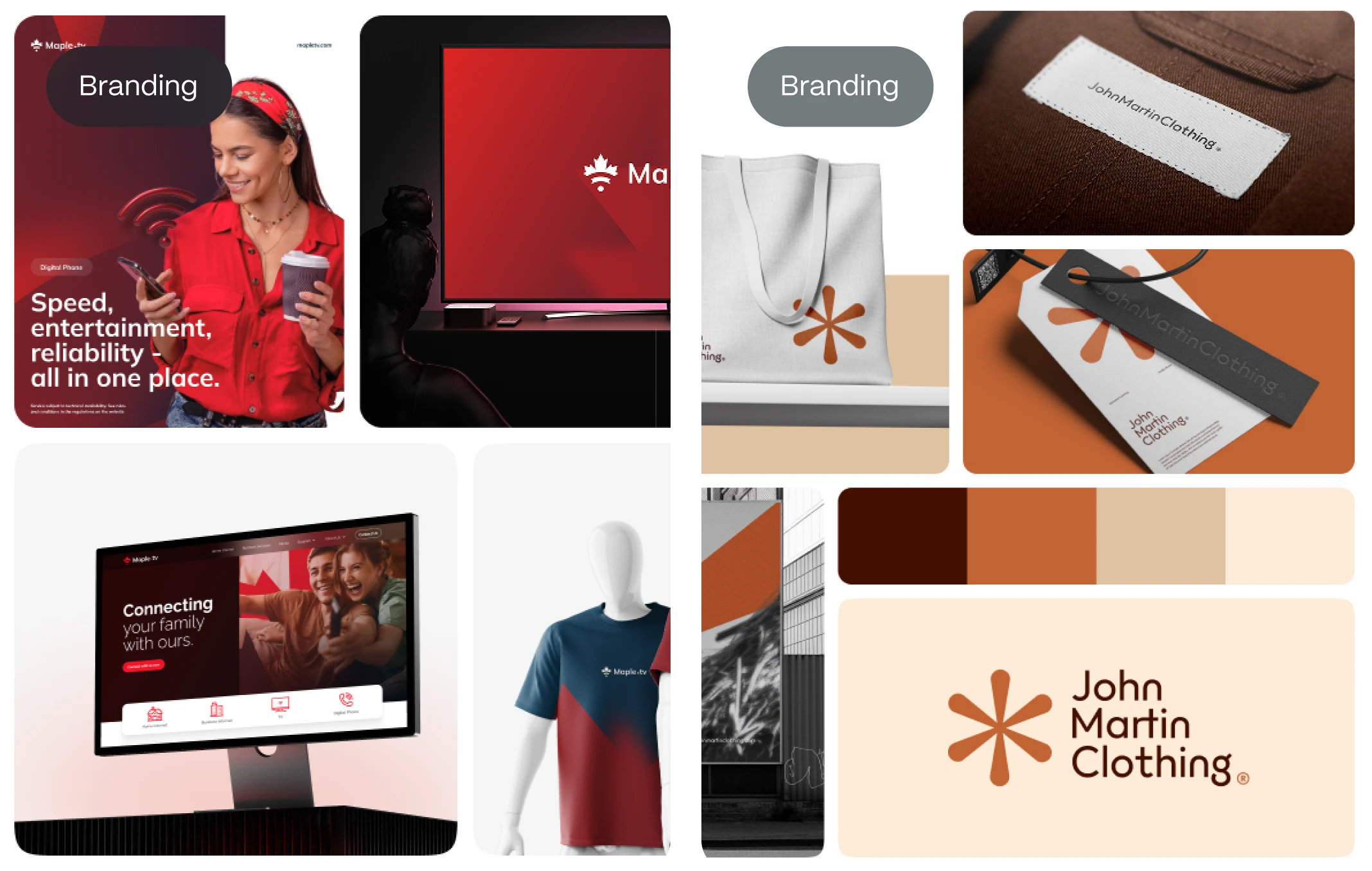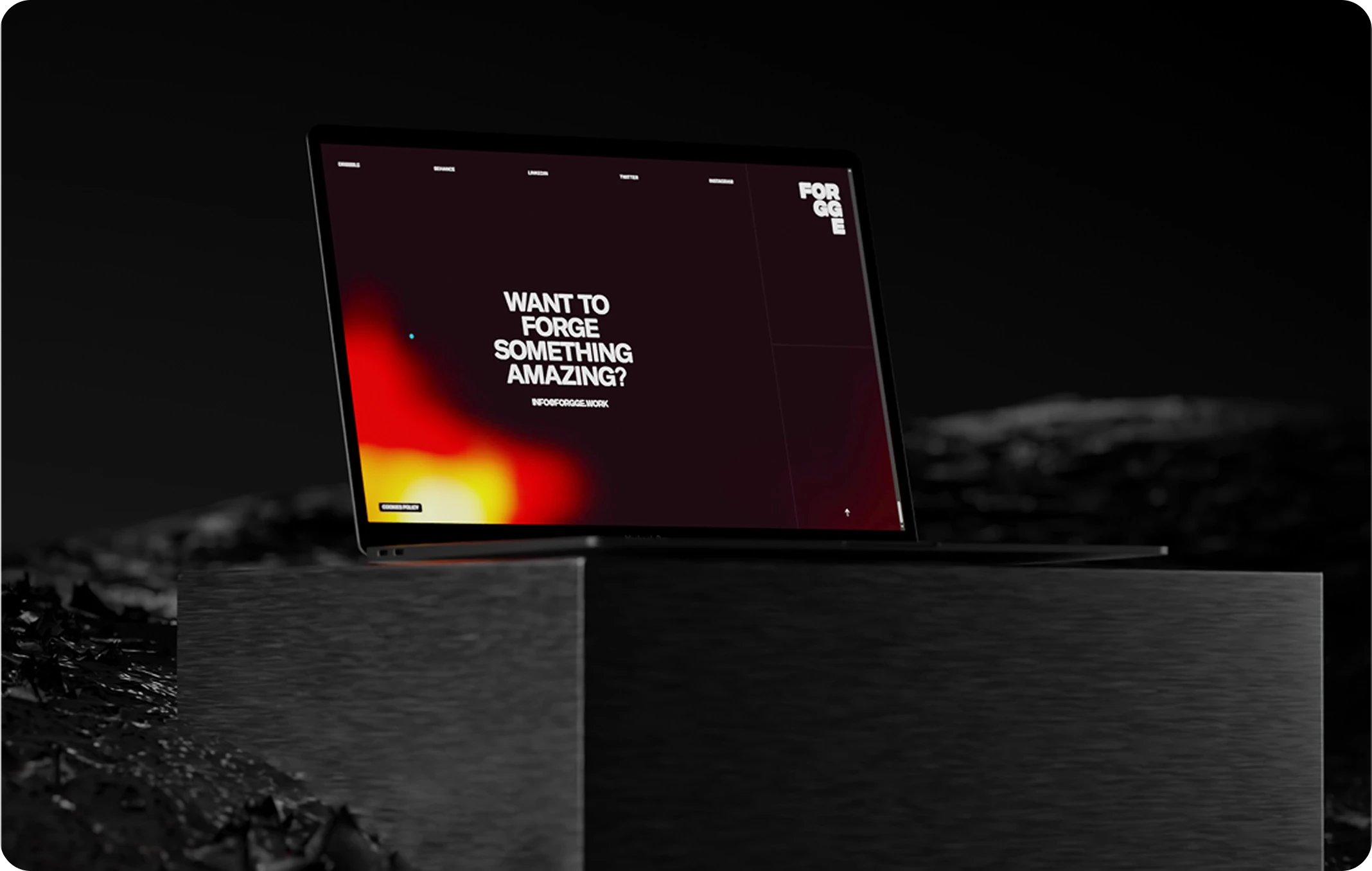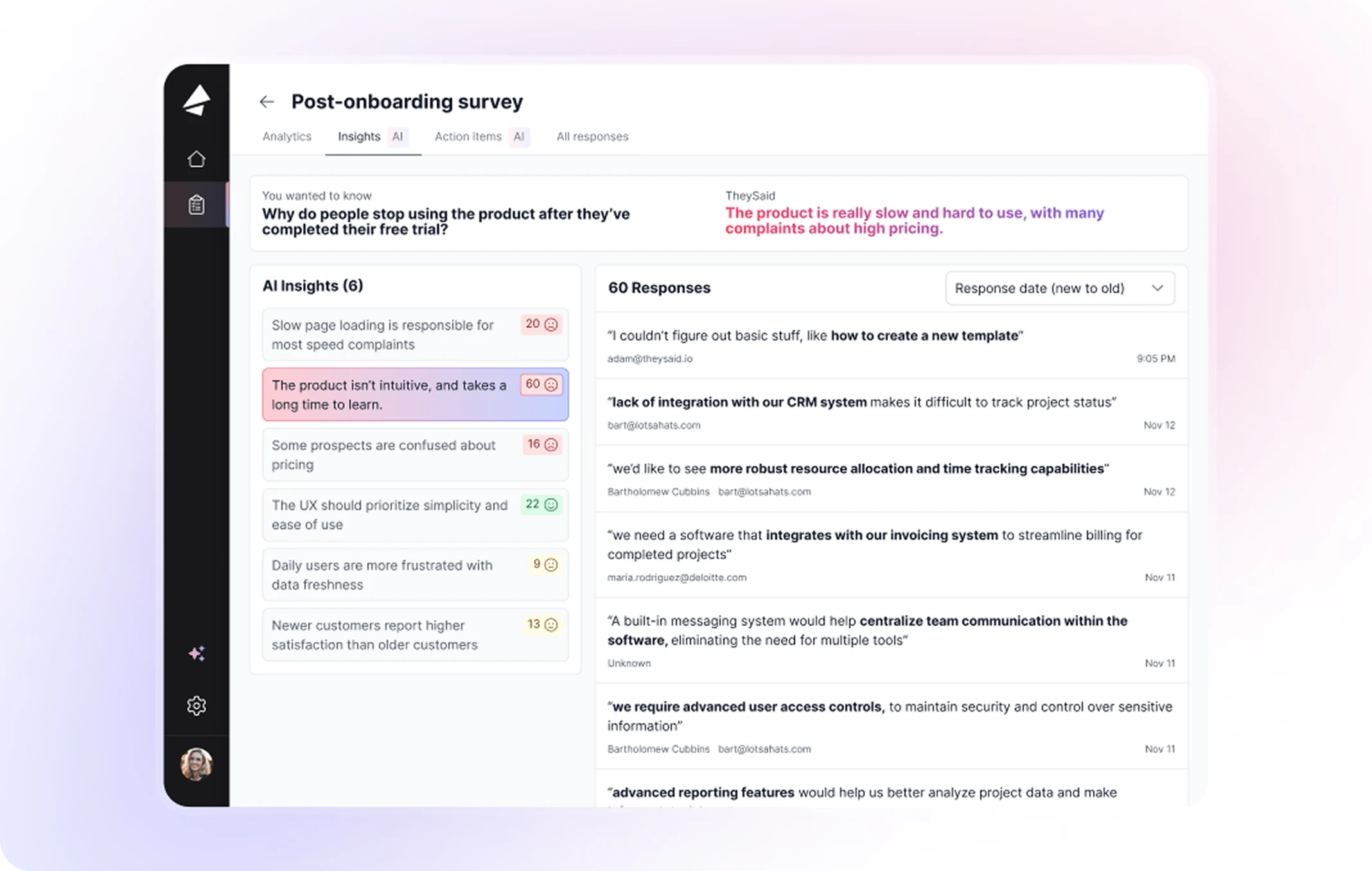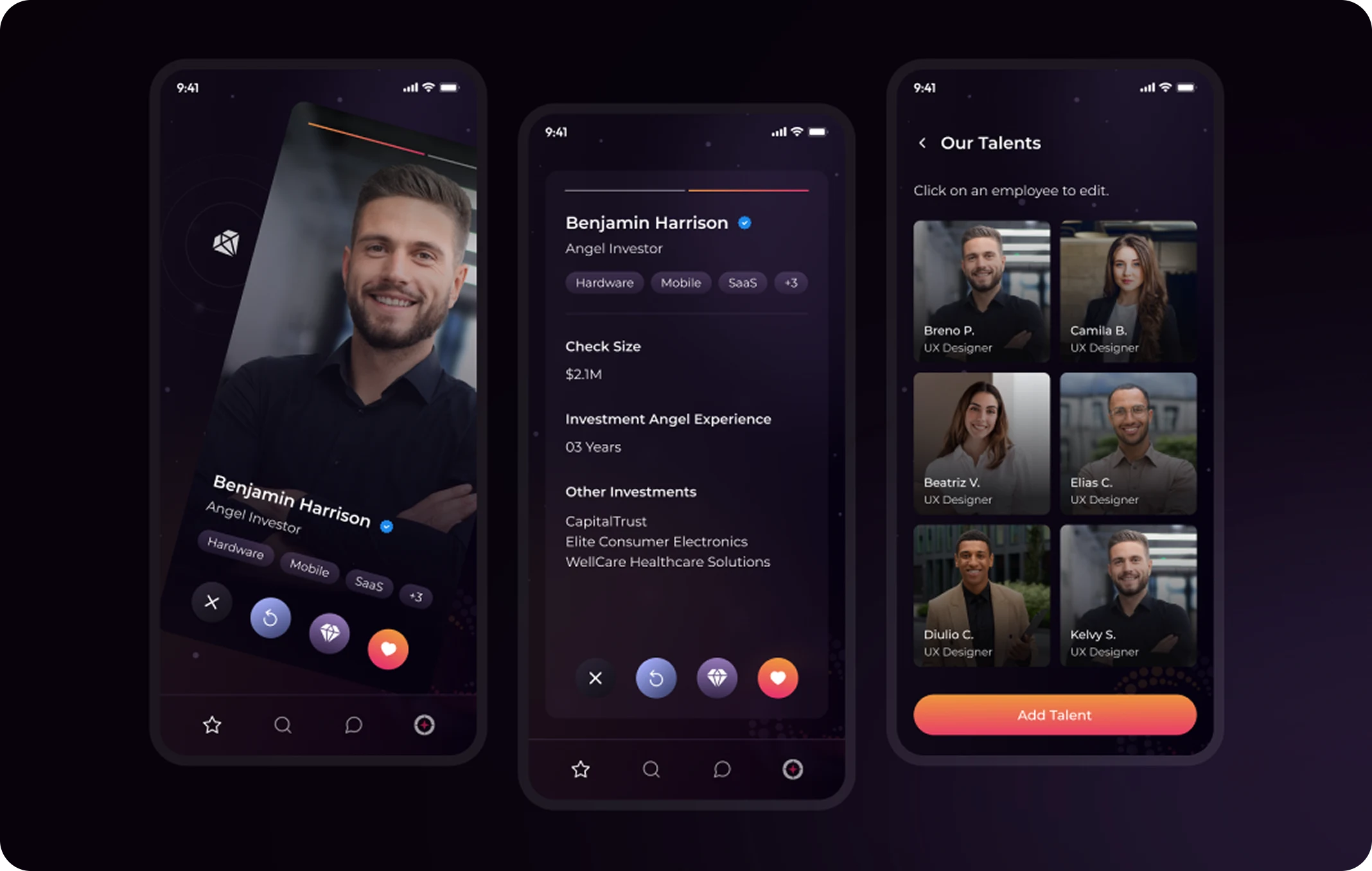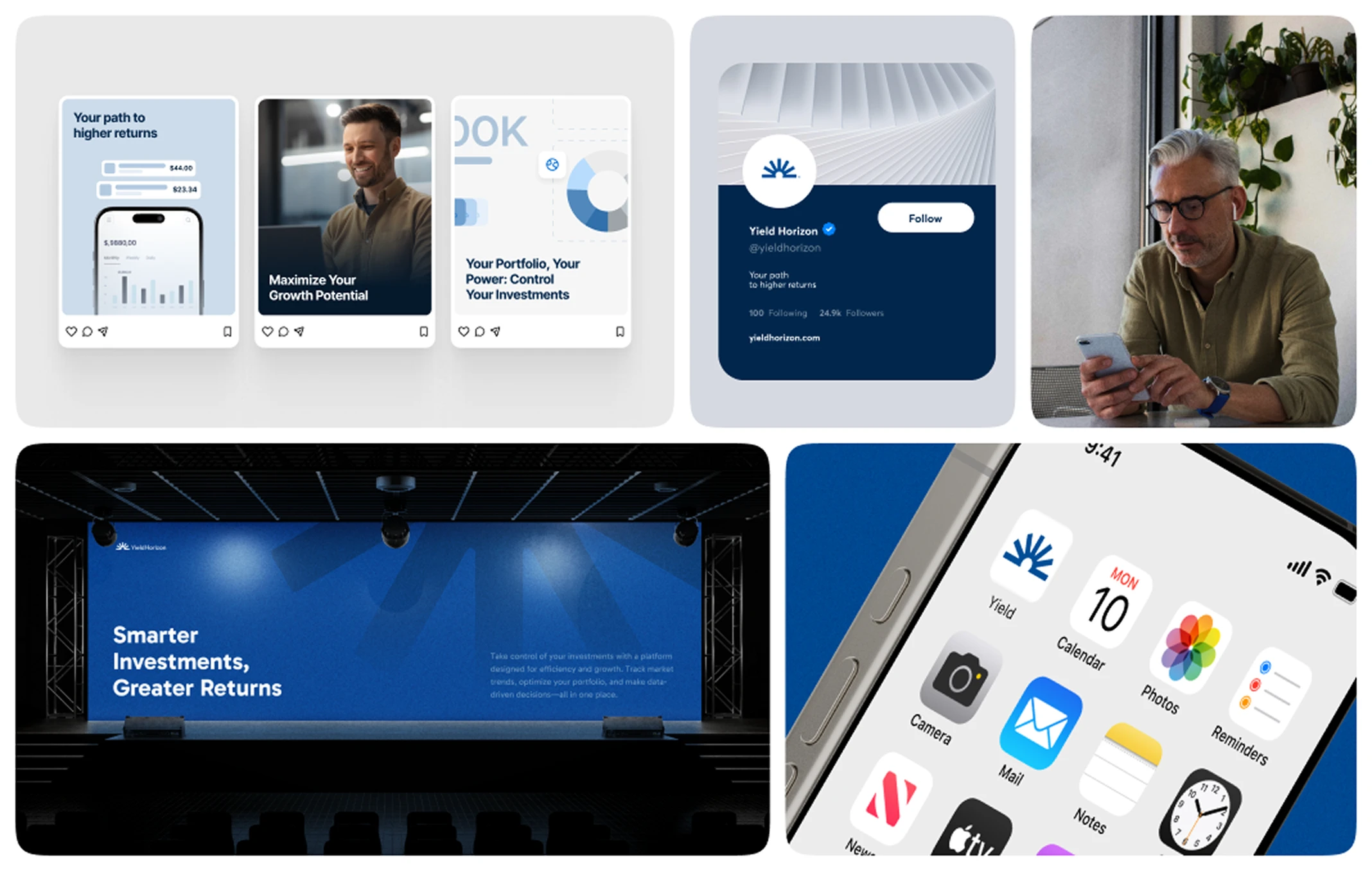Few brands in the world carry as much prestige as Jaguar. The name immediately evokes luxury cars, performance, and British tradition. But even iconic brands must evolve to remain relevant in rapidly changing markets. Jaguar’s rebrand in 2021 aimed to transform it into an all-electric brand by 2025, representing a significant company shift, this move was a strategic repositioning that redefined the company’s purpose, design, and communication.
In this article, we’ll dive into the details of the Jaguar rebrand, explore the key elements of its strategy, and—most importantly—uncover practical lessons in rebranding for startups and companies looking to grow. After all, rebranding isn’t reserved for century-old brands: often, it’s the difference between being forgotten and winning market share.
What Is Rebranding and Why Does It Matter?
Before analyzing Jaguar’s case, it’s essential to understand the concept of rebranding. A rebrand isn’t just about swapping out a logo or typography—it’s a profound process of repositioning that can include changes to visual identity, tone of voice, value proposition, and even business model.
The main goals of rebranding are:
- Reposition the brand for new markets or audiences.
- Adjust perception when the current identity no longer communicates the value proposition.
- Keep pace with changing consumer behavior.
- Prepare the brand for innovation, mergers, or new growth cycles.
In Jaguar’s case, the rebranding was strategic: signaling to the world that the company would no longer be just a manufacturer of combustion luxury cars, but a leader in electric performance, modern design, and sustainability.
Jaguar Rebrand: Strategy Breakdown
1. The Context Behind the Rebrand
Jaguar had been facing challenges. Competitors such as Tesla and Porsche were gaining traction in the electric car segment, while the British brand was increasingly seen as classic luxury, but outdated. The Jaguar rebrand emerged as a response to the need to reposition itself for younger consumers—those more connected to innovation and concerned with sustainability.
2. Renewed Visual Identity
The rebrand included adjustments to the logo, making it more minimalistic and digital-first. The typography was refined, and the use of the leaping jaguar was modernized to emphasize dynamism. The color palette became more flexible for digital environments, where the brand needed stronger presence.
3. Purpose and Narrative
Beyond aesthetics, Jaguar redefined its purpose: by 2025, all its cars will be electric. This ambitious target transformed the brand narrative, positioning Jaguar as a pioneer in sustainable luxury. Communication shifted to emphasize innovation, clean performance, and exclusivity.
4. Alignment with Global Trends
The move also aligned with growing environmental policies and worldwide demand for sustainable mobility solutions. Jaguar anticipated this shift, turning the rebrand into a symbol of the future—essential to maintaining relevance and competitiveness.
What Startups Can Learn from the Jaguar Rebrand
Rebranding is about the future, not the past: Jaguar didn’t just look back at its tradition, but ahead to where it wanted to go. Startups should view rebranding as a tool to align brand and future vision.
Rebrand goes beyond visuals: Logos change, but what sustains success is narrative, positioning, and purpose. Jaguar’s example shows that without a clear promise, a visual change would have been only cosmetic.
Timing is crucial: Jaguar identified the market opportunity created by electrification. Startups, too, must recognize when markets are shifting—and adapt their brands accordingly.
Consistency is non-negotiable: From websites to ad campaigns, from product design to customer experience, everything must reflect the new positioning.
How to Rebrand When the Time Comes
Whether for startups or global enterprises, the rebranding process should follow a structured method:
- Diagnosis – Understand why change is necessary. Research customer perceptions, analyze competitors, and assess market trends.
- Strategy Definition – Clarify the goal: reposition audience? Modernize identity? Communicate a new product line?
- Identity Development – Apply changes to visual identity, tone of voice, and narrative. Document in a brand book for consistency.
- Transition Communication – Explain the change to both market and customers. Transparency and clarity around the “why” are key.
- Implementation & Monitoring – Apply the rebrand across all touchpoints: website, social media, product, customer service. Measure impact in brand perception, awareness, and sales.
Other Successful Rebranding Examples Beyond Jaguar
Airbnb: Repositioned from home rentals to holistic travel experiences, strengthening its purpose with design and storytelling.
Dunkin’: Dropped “Donuts” to broaden its portfolio and remain relevant to new audiences.
Burberry: Reinvented itself with a digital-first rebrand, reconnecting the luxury label with younger generations.
All these examples show that rebranding is not just about aesthetics, but strategic evolution.
FAQ: Jaguar Rebrand and Rebranding Best Practices
What is rebranding?
Rebranding is the process of repositioning a brand through changes in visual identity, narrative, and purpose.
What motivated Jaguar’s rebrand?
The need to reposition Jaguar to compete in the electric vehicle market and attract sustainability-focused consumers.
Was Jaguar’s rebrand purely visual?
No. Beyond logo and design updates, Jaguar redefined its purpose and product roadmap, committing to full electrification by 2025.
Which startups need rebranding?
Startups facing audience shifts, product repositioning, or a disconnect between current identity and value proposition.
How can you plan an effective rebrand?
Start with diagnosis, define a clear strategy, develop the new identity, communicate the transition, and implement consistently.
What are the risks of poorly planned rebranding?
If the change feels superficial or disconnected from purpose, it may trigger rejection and damage credibility.
Which brands had successful rebrands?
In addition to Jaguar: Airbnb, Dunkin’, and Burberry are notable cases.
What’s the difference between a rebrand and a visual refresh?
Rebranding is strategic and involves narrative and positioning. A refresh is purely aesthetic.
How long does rebranding take?
Depending on complexity, from 3 months to 1 year.
How can Evo Design help with rebranding?
Evo Design supports startups and businesses with diagnostics, strategy definition, identity design, and consistent rebranding implementation.

